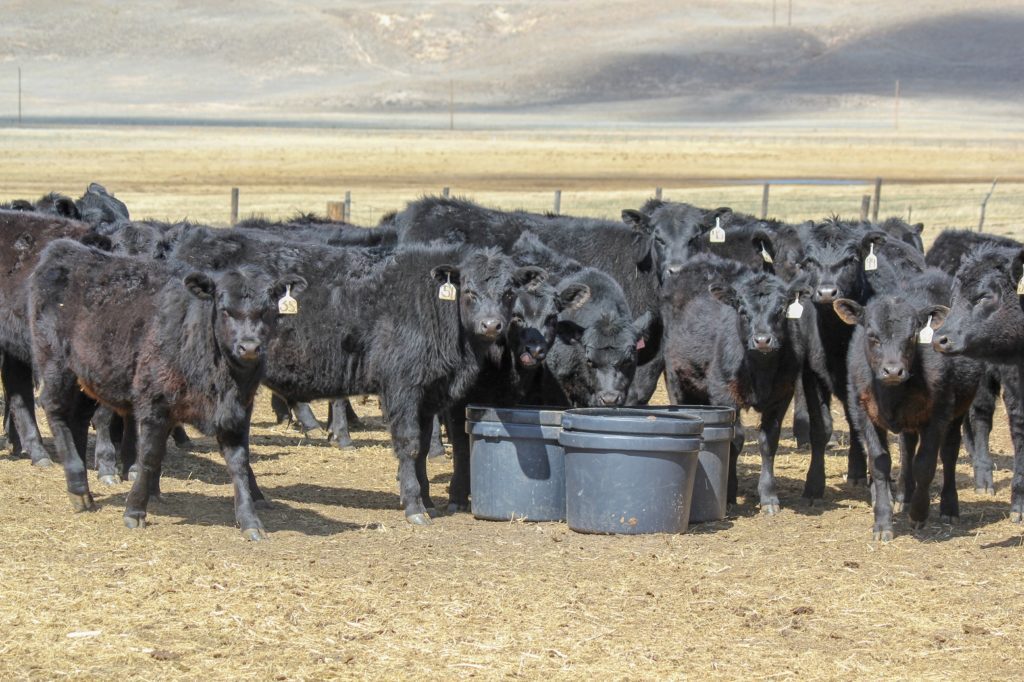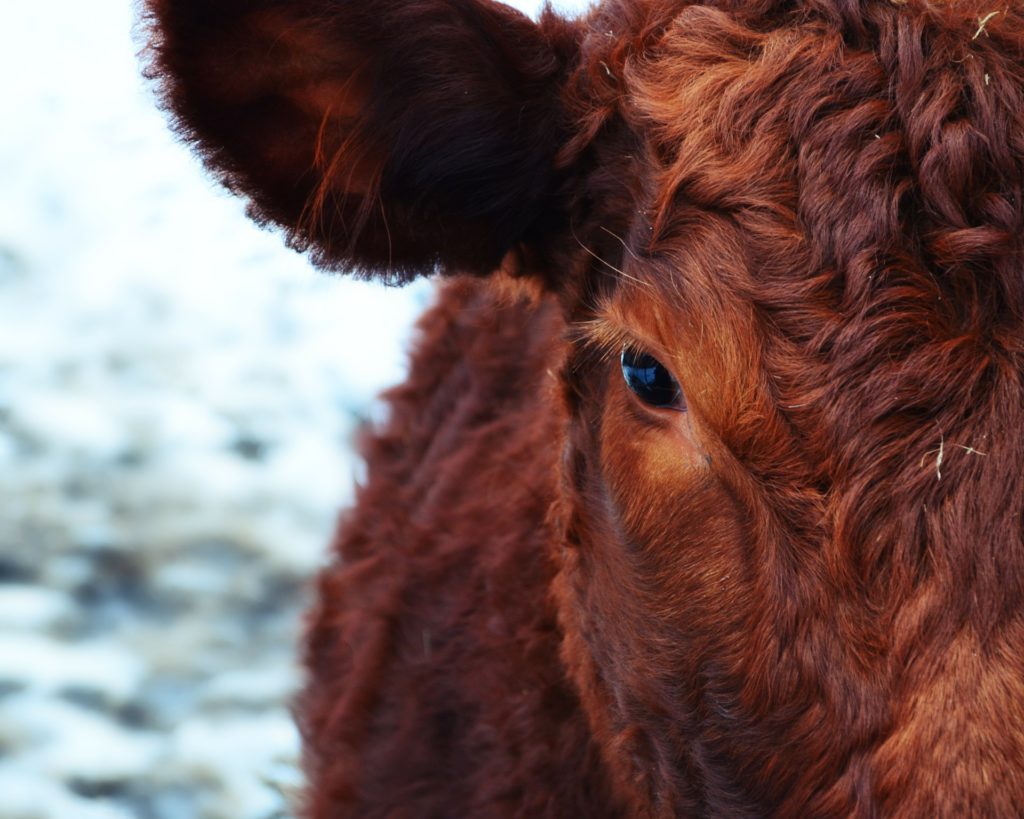Free choice mineral mixes are commonly used to provide the mineral that grazing cattle need. However, ensuring that cattle are getting enough mineral without overconsuming can be a struggle. Being on either side of the spectrum can be costly either in reduced performance due to deficiency or in increased feed cost due to over consumption. An extra 1 oz per cow per day can cost $4 to 8 per cow per year. If your mineral mix is designed to meet the cows needs at 4 oz per day, intake above this only adds unnecessary cost.
In most situations cattle intake of free choice mineral is driven by their desire for salt. Although there may be other ingredients that are added to improve intake such as molasses or even distillers. Cattle do not have nutritional wisdom and do not vary their intake of mineral based on their need for minerals in the mix. Because salt is usually one of the key drivers of intake, you will observe variation in intake throughout the year as the cows’ desire for salt change. Therefore, salt can be used as a weapon to control intake.
Salt is your weapon for controlling intake.
In most situations, adding some salt to a mineral mix will cause cattle to eat it. This along with the fact that forage is deficient in sodium is why all free choice minerals have salt in them. You may also notice that mixes with smaller target intakes usually have more salt than those with greater target intakes, i.e., 2 vs. 4 oz targets. As you start increasing the salt, you can cause them to start decreasing their intake because they get their salt “fix” with less intake. So, if cattle are eating above your target intake, mixing in more salt at home can help reduce intake of the mix. Relatively speaking, salt is cheap and can be a very cost-effective way to manage mineral intake.
If you do add extra salt at home, do not include this salt in your calculation for reaching the target intake of the mineral mix as it is diluting the mix. The goal is to make sure cows reach the target intake of actual mineral. For instance, if the target is 4 oz per hd (0.25 lb per hd) of a mineral mix, then for 100 cows you are looking for them to consume 25 lbs of the mineral mix per day or half a 50 lb bag. If you add 10 lbs of salt to a 50 lb bag of mineral, you actually want them to consume 30 lbs total per day to get their target intake of the actual mineral mix. The easy way to ensure you are reaching your goal is to track the amount of mineral mix you feed separate from the amount of salt you add. Then you don’t have to do extra math. Although, it is still a good idea to record the amount of salt that is being added so that the amount can be adjusted based on intake (i.e., increase if still eating too much or decrease the added salt if not reaching the target intake).
Can’t I just put out salt separate? It will reduce intake of my mineral.
While providing salt separate can reduce mineral intake, it can lead to more variability in intake of mineral among the herd. Some cows may be eating the mix while others may only be consuming salt. Thus, you may not be meeting your objective even if the “right” amount of mix is disappearing. Also, you may find that on a whole the herd is over or under consuming the mix. Providing the salt separate reduces your ability to use one of your best weapons in controlling intake.
If weatherization is important, try adjusting location of the feeder first.
Word of caution, if you are paying for a mineral mix that has weatherization because your feeder does not protect the mix from the rain/wind and you add additional salt, you can reduce effectiveness of the weatherization. So, depending on the type of feeder and the amount of protection from weather it provides, you may want to first try moving the location of the feeders to help control intake. Moving feeders closer to water or loafing areas can increase intake. Moving them away from these areas can often reduce intake.
Can’t I just limit intake by putting out the amount I want them to eat and not fill again until the prescribed time?
For instance, one could just put out a weeks worth of mineral mix and not fill the feeder again until the next week, regardless of the fact that all the mineral mix disappeared in the first day or two. It is true that for some minerals cattle do not need a constant intake, as they can store some of them in their body and use them at a later time. However, this is not true for the macrominerals like phosphorous and magnesium. But an even bigger problem with this system is that the boss cows are likely to be the ones getting most of the mineral. This means that some of your herd will be consuming more than they need while others are getting less than they need. When you put out mineral after they have not had access for a period of time, they will often overconsume and the boss cows are going to be the ones that get the first shot. Using this method to control intake may not result in the best outcomes.
Do this first if mineral feeders are empty.
We have all been there. We put out mineral and a week later we check and it is empty. What should you do? Again, salt is your friend. If they eat the mineral too quickly and you come back to find an empty mineral feeder put out some straight salt for a day to ensure everyone has met their salt craving. This will help to reduce them gorging on mineral when you put it out. It will also help you get a better handle on their normal craving for salt and better hone in on how much to add to the mix because they will not be binging. Make sure to take away the straight salt when you provide them with the mineral mix the next day. If the feeder was empty because they overconsumed, then consider either moving the location and/or adding more salt to get intake more in line with the target.
One last thing to consider, do you have enough feeders?
A good rule of thumb is 1 feeder per 30 cows. This will help make sure that more timid cows have the opportunity to get access. This is especially important for larger pastures/rangeland as cows tend to move as a group. This means they are often in the area with the feeders all at the same time. If there is limited accessibility, the more timid cows likely will not get their dose.
Source: Mary Drewnoski, Nebraska Extension Beef Systems Specialist
Photo credit: Troy Walz.








